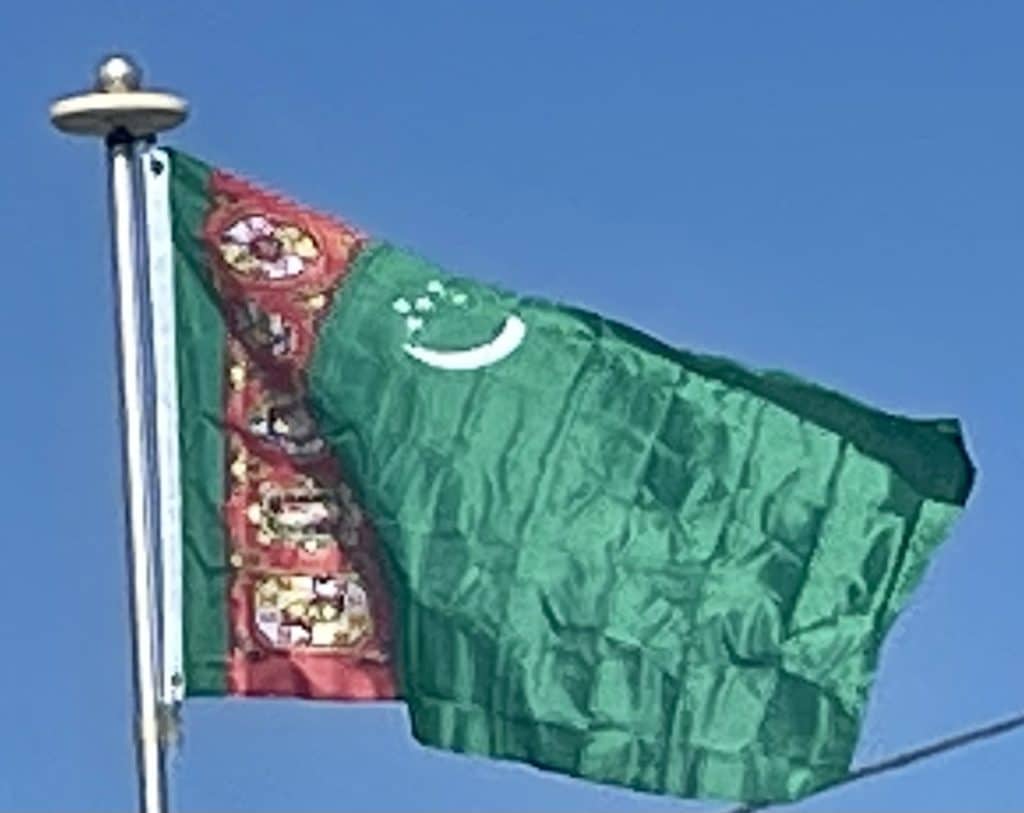

Turkmenistan

President Niyazov spent much of the country’s revenue on extensively renovating cities, Ashgabat in particular. Corruption watchdogs voiced particular concern over the management of Turkmenistan’s currency reserves, most of which are held in off-budget funds such as the Foreign Exchange Reserve Fund in the Deutsche Bank in Frankfurt, according to a report released in April 2006 by London-based non-governmental organization Global Witness.

According to a decree of the Peoples’ Council of 14 August 2003, electricity, natural gas, water and salt were to have been subsidized for citizens until 2030. Under implementing regulations, every citizen was entitled to 35 kilowatt hours of electricity and 50 cubic meters of natural gas each month. The state also provided 250 liters (66 gallons) of water per day. As of 1 January 2019, however, all such subsidies were abolished, and payment for utilities was implemented.
Transportation:
Automobile Transport:
Prior to the 1917 Russian Revolution only three automobiles existed in Turkmenistan, all of them foreign models in Ashgabat. No automobile roads existed between settlements. After the revolution, Soviet authorities graded dirt roads to connect Mary and Kushky (Serhetabat), Tejen and Sarahs, Kyzyl-Arvat (Serdar) with Garrygala (Magtymguly) and Chekishler, i.e., with important border crossings. In 1887-1888 the Gaudan Highway was built between Ashgabat and the Persian border at Gaudan Pass, and Persian authorities extended it to Mashad, allowing for easier commercial relations. Municipal bus service began in Ashgabat in 1925 with five routes, and taxicab service began in 1938 with five vehicles. The road network was extended in the 1970s with construction of republic-level highways connecting Ashgabat and Kazanjyk (Bereket), Ashgabat and Bayramaly, Nebit Dag (Balkanabat) and Krasnovodsk (Turkmenbashy), Çärjew (Turkmenabat) and Kerki, and Mary and Kushka (Serhetabat).

The primary west–east motor route is the M37 highway linking the Turkmenbashy International Seaport to the Farap border crossing via Ashgabat, Mary, and Turkmenabat. The primary north–south route is the Ashgabat-Dashoguz Automobile Road, built in the 2000s. Major international routes include European route E003, European route E60, European route E121, and Asian Highway (AH) routes AH5, AH70, AH75, AH77, and AH78.
A new toll motorway is under construction between Ashgabat and Turkmenabat by “Turkmen Awtoban” company, which will construct the 600-km highway in three phases: Ashgabat-Tejen by December 2020, Tejen-Mary by December 2022 and Mary-Turkmenabat by December 2023. A sister project to link Turkmenbashy and Ashgabat was suspended when the Turkish contractor, Polimeks, walked away from the project, reportedly because of non-payment.